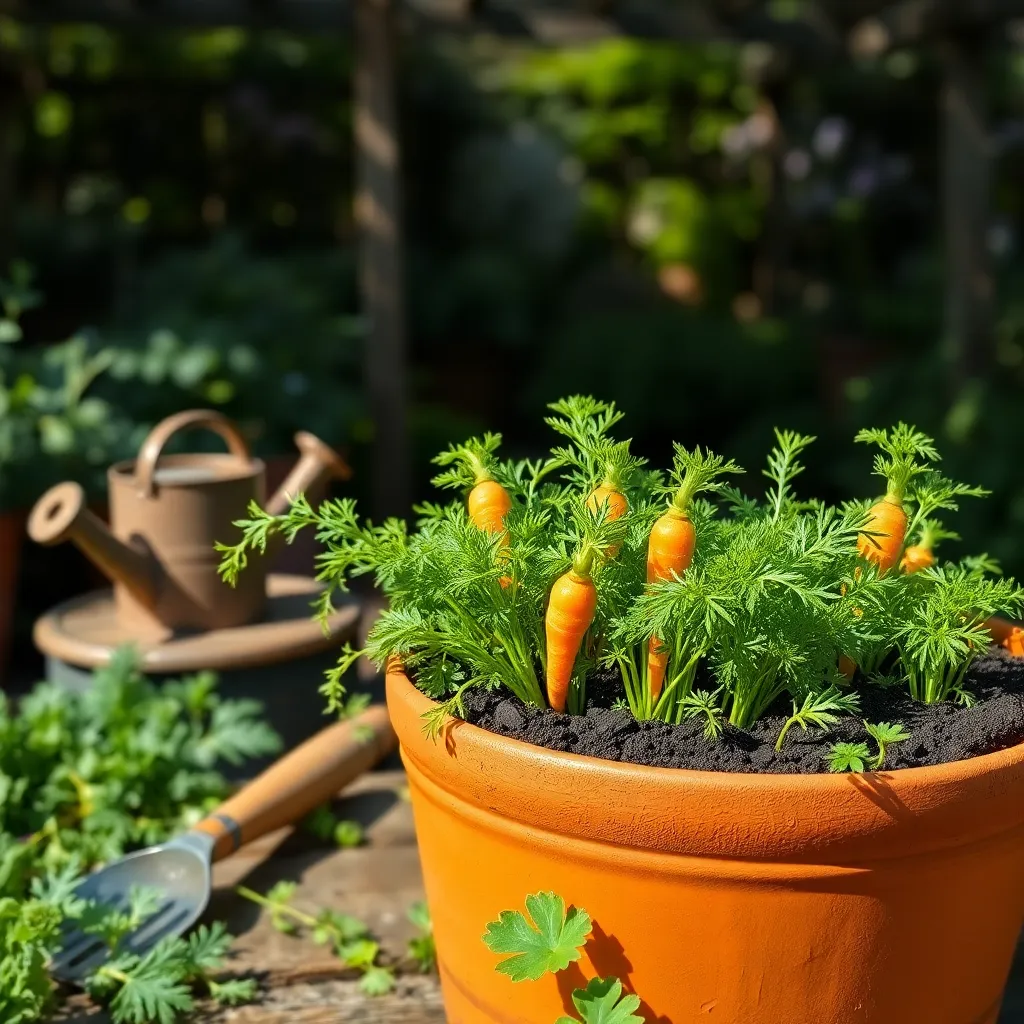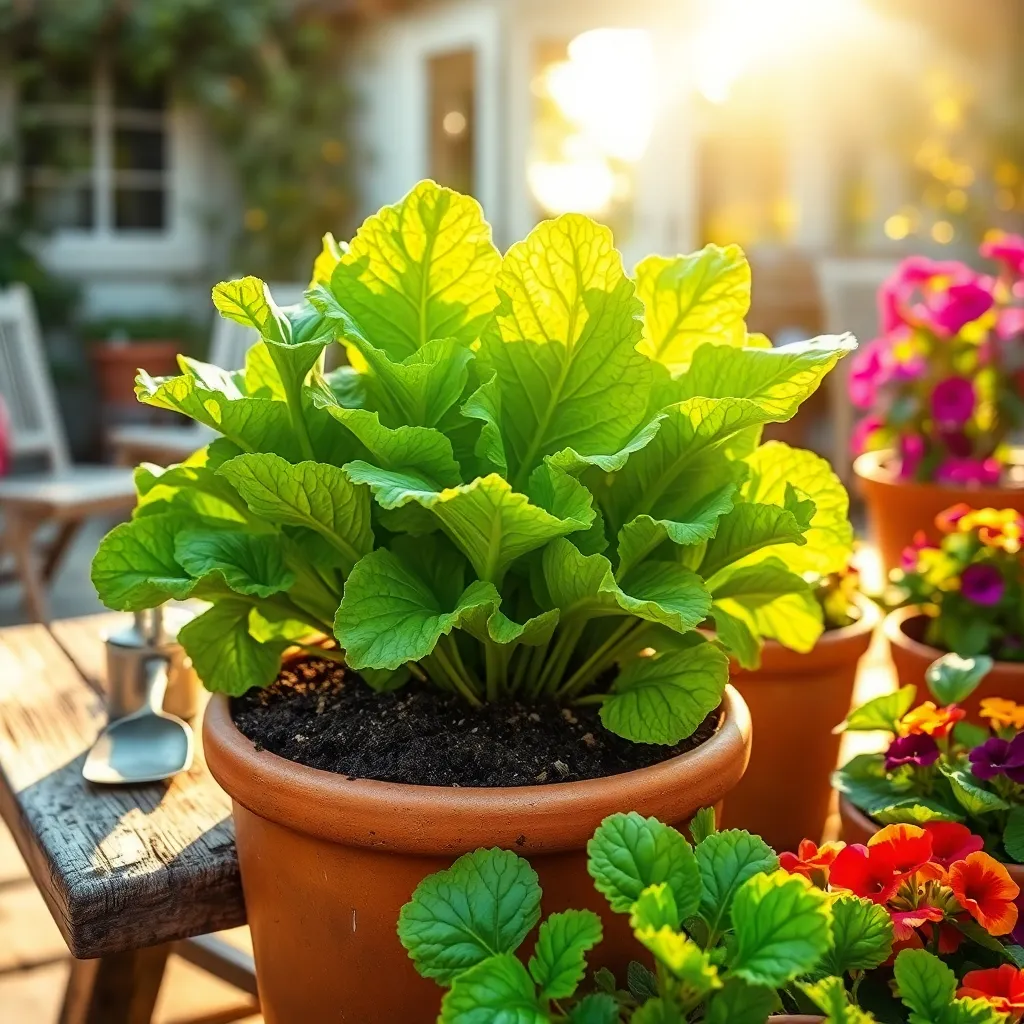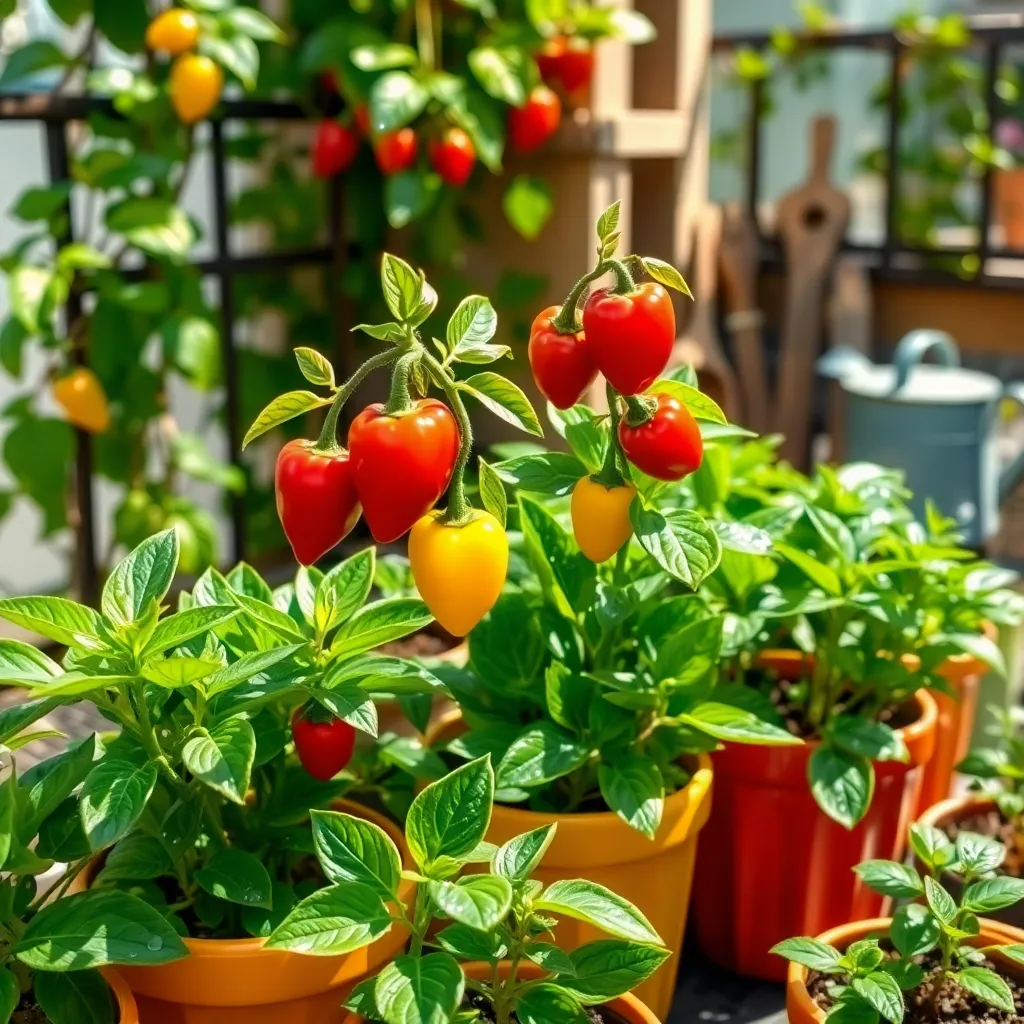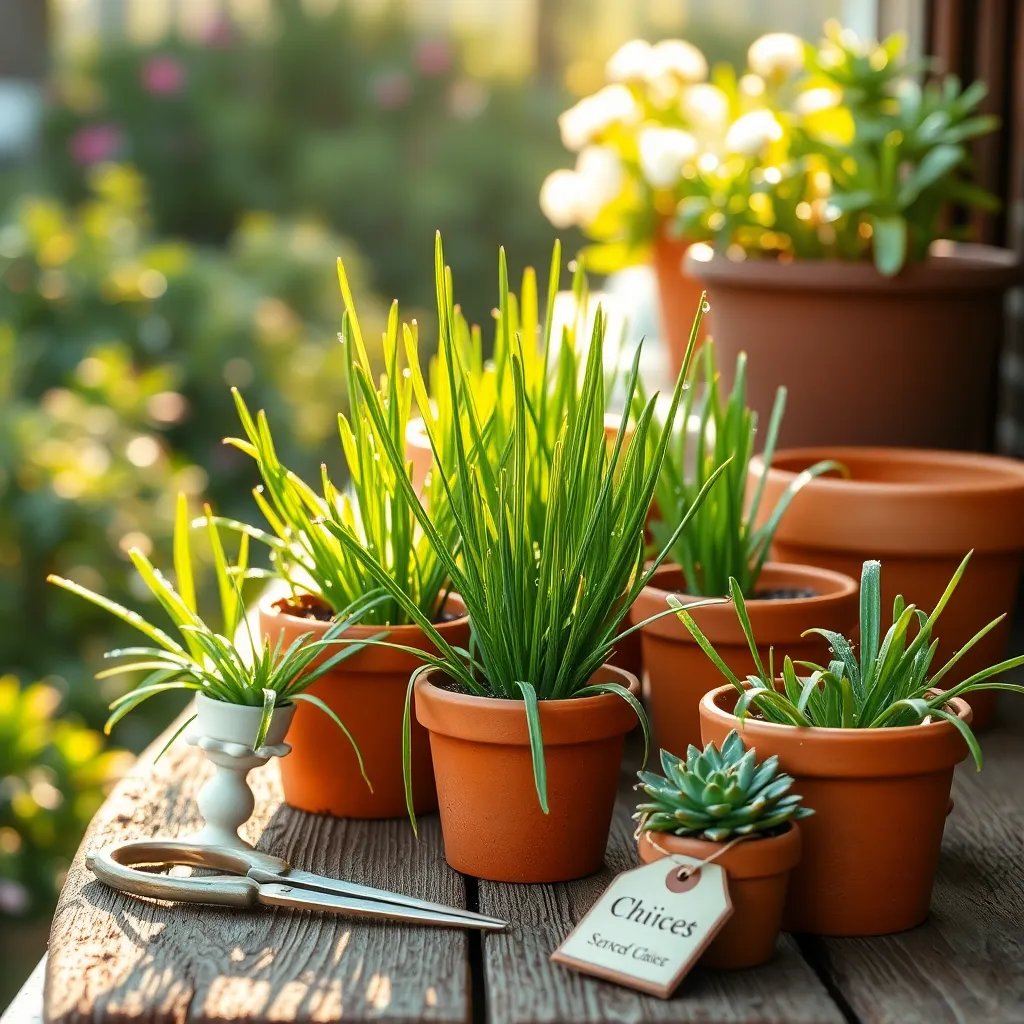Imagine stepping out onto your balcony or patio and being greeted by the vibrant greens and rich hues of a thriving vegetable garden, all within arm’s reach. Whether you’re just beginning your gardening journey or have years of experience under your belt, container gardening offers a delightful way to cultivate fresh produce right at home, no matter how limited your space might be.
This guide, “Best Vegetables for Container Gardening,” is your passport to a world of lush, compact gardens teeming with flavor and nutrition. Our carefully curated list provides you with the best vegetable picks that promise not only bountiful harvests but also an easy and rewarding gardening experience.
With the right techniques, even the smallest urban apartments or sprawling suburban decks can become productive green spaces brimming with life and vitality. You’ll gain practical insights and tips tailored to ensure success, allowing you to savor the joy of fresh, home-grown vegetables while gaining confidence in your gardening prowess.
Baby Carrots (Nantes)

Baby carrots, particularly the Nantes variety, are an excellent choice for container gardening due to their compact size and quick growth. They thrive in containers because they require less space than full-sized carrots, making them perfect for small garden spaces or urban settings.
Use a pot that is at least 12 inches deep to accommodate the roots of these carrots and fill it with a loose, well-draining potting mix. Ensure the soil is free from rocks and debris to prevent the roots from becoming misshapen.
Plant your carrot seeds about 1/4 inch deep and space them approximately 1 to 2 inches apart. Keep the soil consistently moist but not waterlogged, as too much water can lead to root rot.
For optimal growth, place your container in a sunny location where the carrots can receive at least 6 hours of sunlight daily. As the carrots grow, thin them out gradually to give each plant enough space to develop properly.
Leaf Lettuce (Black Seeded Simpson)

Leaf lettuce, specifically the Black Seeded Simpson variety, is an excellent choice for container gardening due to its adaptability and ease of growth. This variety thrives in a pot, making it ideal for those with limited space or urban gardeners looking to have fresh greens readily available.
To start growing Black Seeded Simpson, use a well-draining potting mix enriched with organic matter to provide essential nutrients. Choose a container that is at least 6 inches deep to accommodate the shallow root system and allow for adequate drainage.
Plant seeds directly in the soil, spacing them about 1 inch apart, and cover them lightly with soil. Keep the soil consistently moist but not waterlogged, and place the container in a spot that receives at least 6 hours of sunlight daily to ensure healthy growth.
As the leaves begin to mature, you can practice cut-and-come-again harvesting, which allows you to continuously harvest leaves while the plant keeps growing. For best flavor and tenderness, pick the outer leaves when they are young and tender, around 4 to 5 inches long.
For more advanced gardeners, consider using a liquid seaweed fertilizer every two weeks to promote vigorous growth and enhance the lettuce’s flavor. By following these simple steps, you can enjoy a bountiful harvest of fresh, homegrown lettuce right on your balcony or patio.
Radishes (Cherry Belle)

Radishes, particularly the ‘Cherry Belle’ variety, are an excellent choice for container gardening due to their compact size and fast growth. Start by selecting a container at least 6 inches deep, ensuring it has adequate drainage holes to prevent waterlogging.
It’s important to use a well-draining potting mix enriched with organic matter to support healthy root development. Plant radish seeds about half an inch deep, spacing them one inch apart to allow room for growth.
Watering is crucial for radishes, as they need consistent moisture to avoid becoming woody or overly spicy. Aim to water them lightly but frequently, keeping the soil consistently moist but not soggy.
For more advanced gardeners, consider using a low-nitrogen fertilizer every few weeks to promote leafy growth without compromising root development. Harvest ‘Cherry Belle’ radishes when they reach the size of a marble, usually within 22 to 30 days, to enjoy their crisp, mildly spicy flavor.
Peppers (Mini Bell)

Mini Bell peppers are an excellent choice for container gardening due to their compact size and vibrant colors. They thrive in containers when provided with a sunny location that receives at least six to eight hours of sunlight per day.
Use a well-draining potting mix enriched with organic matter to support healthy growth and fruit production. Water consistently to maintain slightly moist soil, but be careful to avoid overwatering, which can lead to root rot.
For optimal results, fertilize your Mini Bell peppers with a balanced fertilizer every two weeks during the growing season. Pinching back early flower buds can encourage bushier growth and increase overall yield.
Experienced gardeners can try growing multiple varieties to enjoy a range of colors and flavors, from sweet to mildly spicy. Additionally, consider using stakes or small cages to support the plants as they mature, preventing them from toppling over under the weight of the fruit.
Chives (Common)

Chives are an excellent choice for container gardening, thanks to their compact size and versatility. They thrive in pots, making them perfect for windowsills, patios, or balconies.
For optimal growth, use a container with good drainage and fill it with a high-quality potting mix. Chives prefer soil that is slightly acidic to neutral, with a pH range of 6.0 to 7.0.
Place your containers in a location that receives at least six hours of sunlight daily. If you’re growing chives indoors, consider using a grow light to supplement natural light during shorter winter days.
Water chives consistently, ensuring the soil remains moist but not waterlogged. A simple trick is to check the top inch of soil; if it feels dry, it’s time to water.
To encourage healthy growth, feed chives every four to six weeks with a balanced, water-soluble fertilizer. For an extra boost, you can occasionally incorporate a fish emulsion or compost tea into their feeding schedule.
Harvest chives by snipping the outer leaves as needed, always leaving at least an inch of growth to allow regrowth. This practice not only keeps your plant productive but also encourages bushier growth.
Conclusion: Growing Success with These Plants
As we journey through the lush world of container gardening, we discover how these bite-sized green spaces can nurture not only our plants but also our relationships. The key concepts we explored include the importance of choosing the right vegetables, understanding soil and container dynamics, the significance of watering and sunlight, the benefits of companion planting, and the joy of harvesting together. These elements mirror the nurturing required in our relationships, emphasizing patience, care, and mutual growth.
Now is the perfect time to embark on your own container gardening project. Why not pick up a pot and some seeds today, and invite a loved one to join you in planting? This shared endeavor can become a metaphor for the nurturing of your own relationships.
Don’t forget to save or bookmark this article for future reference. As your garden—and your relationships—grow, you’ll want to revisit these insights to ensure continued success.
Remember, just as with gardening, relationships flourish with consistent care and attention. By applying these principles, you lay the foundation for a thriving connection that nourishes both you and your loved ones for years to come.
